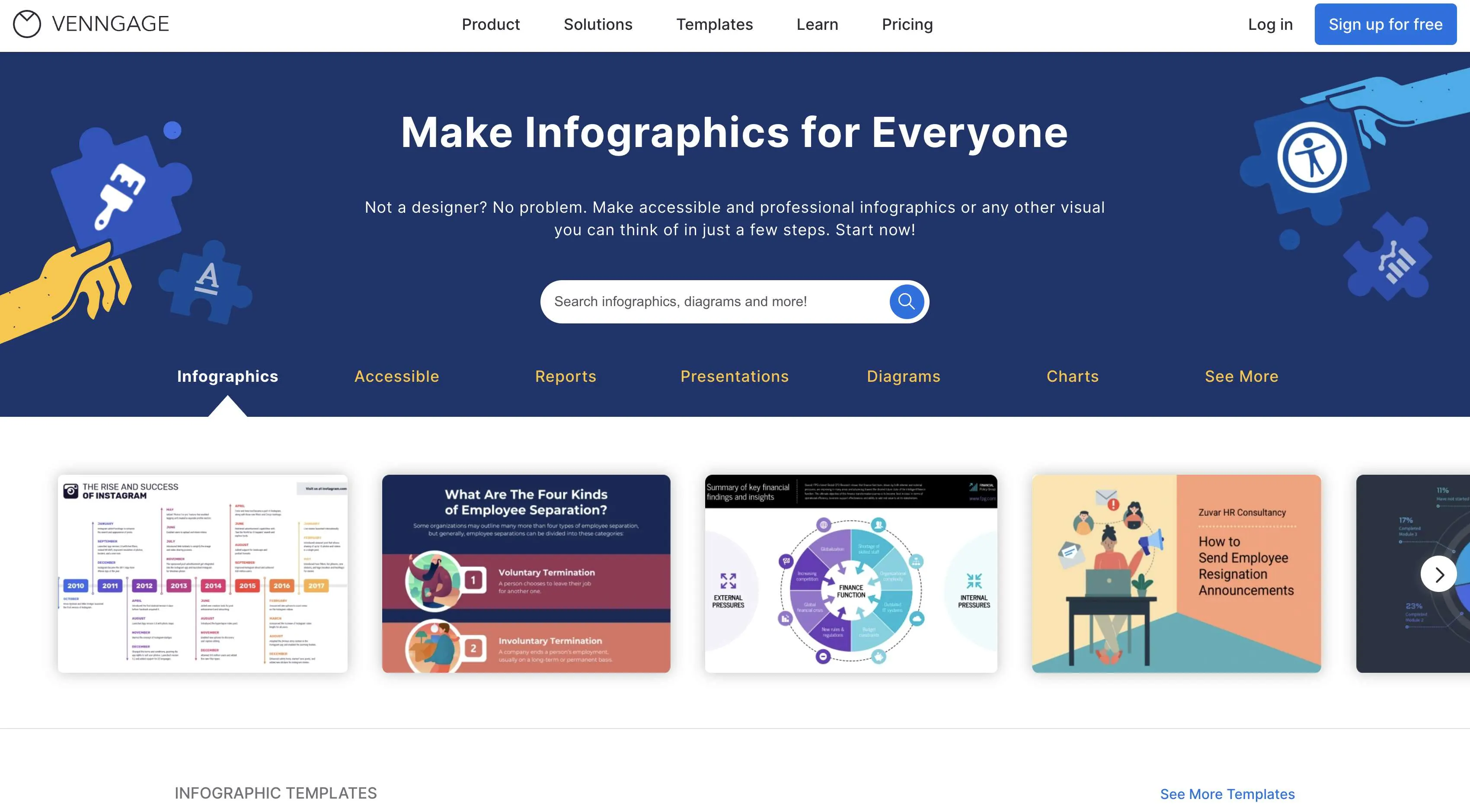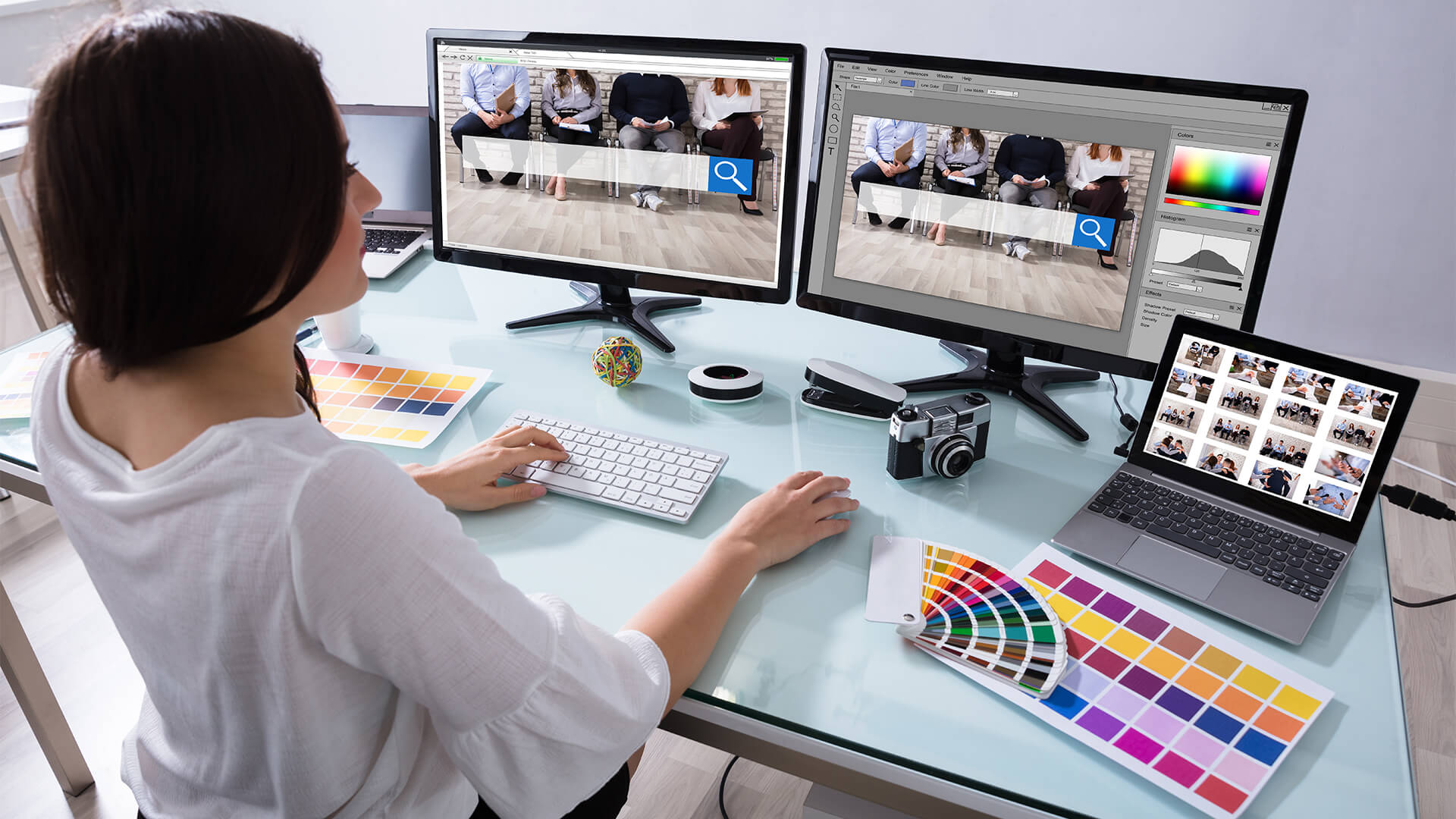Understanding Internet Layout: Trick Principles for a User-Friendly Site
In the realm of web design, the emphasis on individual experience has become critical, shaping just how sites are created and viewed. As we explore these fundamental components, it comes to be noticeable that the decisions made during the style procedure can have long lasting effects on a site's efficiency and user commitment.

Value of Individual Experience
In the world of web style, the significance of user experience (UX) can not be overemphasized. UX encompasses the general complete satisfaction a user obtains from communicating with a website, dramatically affecting their assumption of a brand name and their probability of returning. web design klerksdorp. A well-designed UX promotes smooth navigating, promotes individual involvement, and eventually drives conversions
Understanding individuals' actions and demands is extremely important in developing an efficient UX. This includes leveraging research techniques such as user characters, journey mapping, and use testing to get understandings into user preferences. By customizing layout elements to satisfy these requirements, designers can boost use and produce an extra intuitive communication.
Furthermore, a positive UX adds to the site's credibility and reliability. Users are a lot more likely to involve with a website that is aesthetically pleasing and simple to browse, which subsequently enhances brand loyalty. On the other hand, a bad UX can lead to high bounce rates and an unfavorable perception of the brand name.
User-friendly Navigation Design
A reliable navigating layout is important for leading customers through a website, guaranteeing they can find the details they require promptly and successfully. Instinctive navigating boosts customer experience by permitting smooth communication with web content, leading to increased involvement and complete satisfaction.
To achieve user-friendly navigating, it is necessary to establish a clear hierarchy. This involves arranging content into sensible classifications and subcategories, enabling individuals to comprehend the structure at a glance. Detailed tags for food selection products are essential; they should be straightforward and representative of the content they lead to, decreasing obscurity.
Uniformity is an additional key concept. Individuals ought to run into familiar navigating elements throughout the website, such as the positioning of buttons and food selections. This consistency aids enhance customer expectations and minimizes cognitive load.
In addition, incorporating search performance can significantly improve navigation, especially for content-heavy internet sites. This attribute encourages users to locate details info rapidly without having to browse with several web pages.
Finally, usability testing can provide important understandings into just how real individuals engage with navigation aspects, using chances for improvement. Altogether, a well-designed navigating system is foundational to an easy to use internet site, advertising effectiveness and enhancing general customer fulfillment.
Receptive Web Layout
Responsive internet layout is increasingly crucial in today's digital landscape, as it makes sure that sites supply optimal checking out experiences throughout a variety of tools, from computer to smart devices. This method allows a solitary website to adjust its layout and material to fit different screen dimensions and resolutions, improving functionality and accessibility.
At the core of responsive layout is fluid grid formats, which use relative devices like percents as opposed to repaired pixels. This versatility permits elements to resize proportionally, preserving visual harmony and performance. In addition, media queries play an important function by applying particular CSS styles based upon gadget features, such as display width or orientation.
Integrating receptive media and adaptable photos is additionally critical; these aspects must scale suitably to stop distortion and ensure a seamless experience across gadgets. Touch-friendly style factors to consider are vital, particularly for mobile go to the website customers, as they usually browse with touch motions rather than clicks. web design klerksdorp.
Regular Aesthetic Components
Regular aesthetic elements are essential for developing a natural brand identification and boosting individual experience across electronic systems. These elements consist of color plans, layout, typography, and imagery styles, which collectively develop a combined aesthetic that individuals can quickly recognize and connect to. A well-defined color palette not only enhances brand name acknowledgment however additionally evokes details feelings, directing users with the internet site effectively.
Typography plays a considerable function in readability and overall visual appeal. Using a limited variety of typefaces and keeping constant sizes and weights makes sure a harmonious flow of information. Imagery has to additionally line up with brand values and messaging; premium images that fit the total design will improve the website's appearance and professionalism and trust.
In addition, layout consistency across different pages fosters experience, making navigation instinctive. Individuals must feel comfortable and oriented as they discover different areas of the site. Consistent visual aspects not only enhance the aesthetic appeal yet likewise contribute to usability, bring about improved interaction and retention. Eventually, a properly designed site, identified by natural visual aspects, mirrors professionalism and develops count on with users, creating a positive impression and encouraging return check outs.
Ease Of Access Factors To Consider
Ensuring ease of access in have a peek at this website internet style is a fundamental aspect that enhances constant visual components, enabling all users, no matter their abilities, to navigate and interact with electronic content effectively. Availability factors to consider are vital for developing inclusive websites that satisfy the varied needs of customers, including those with disabilities.
To start with, employing semantic HTML is essential, as it aids display viewers analyze the framework and web content of a page accurately. Alt message for images improves comprehension for visually impaired individuals, while captioning video clip material makes sure that those with hearing disabilities can involve with the material.
In addition, color contrast should be thoroughly evaluated to help users with visual impairments. Ensuring that text is clear against its background boosts readability. Furthermore, keyboard navigability is important; all interactive elements must come without a mouse, satisfying customers with flexibility difficulties.
Final Thought
In verdict, understanding internet design necessitates a thorough understanding of customer experience principles. Prioritizing these aspects not only boosts customer involvement and satisfaction yet likewise cultivates brand name loyalty.

In verdict, understanding web design necessitates a thorough understanding of individual experience concepts.